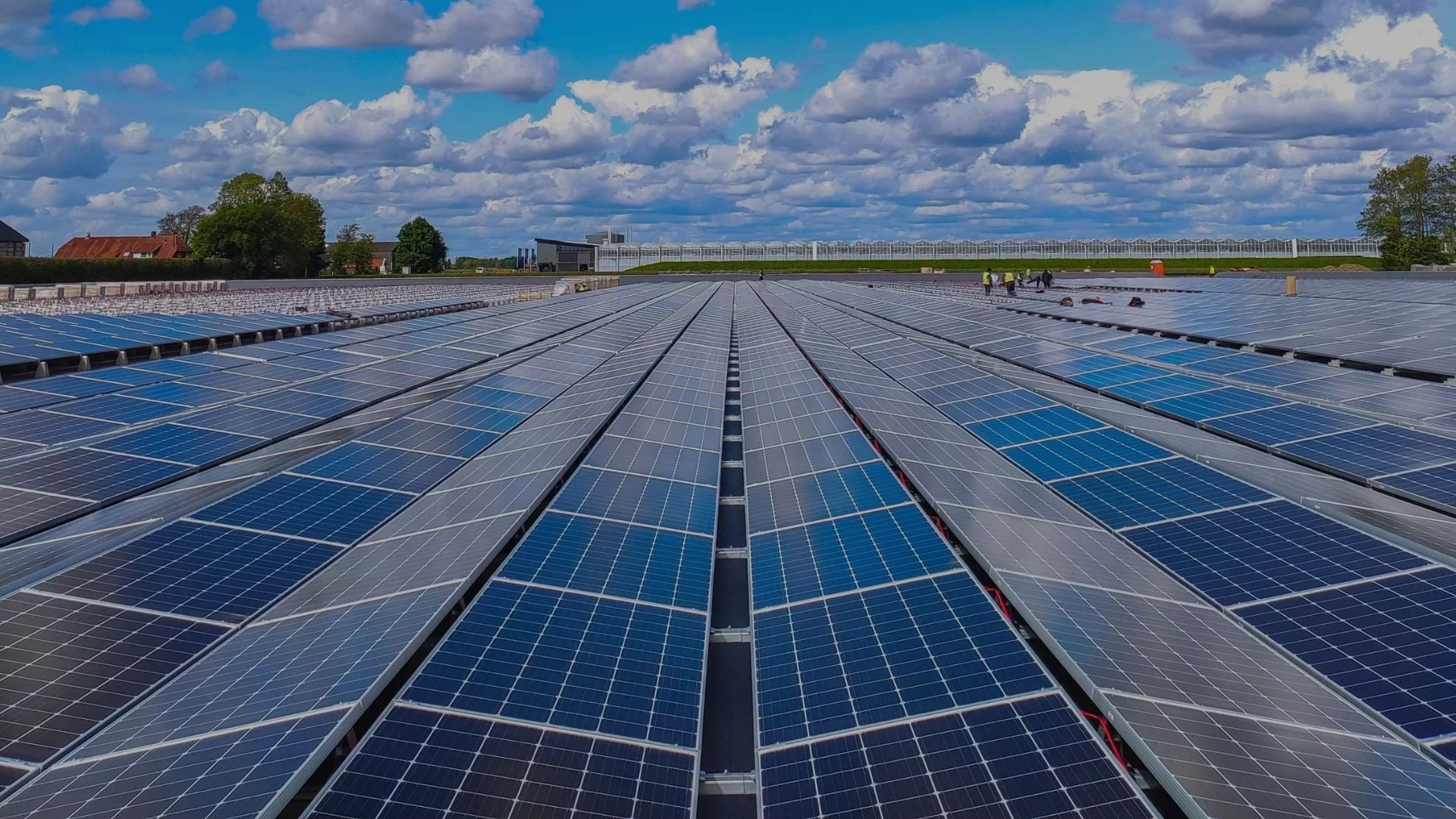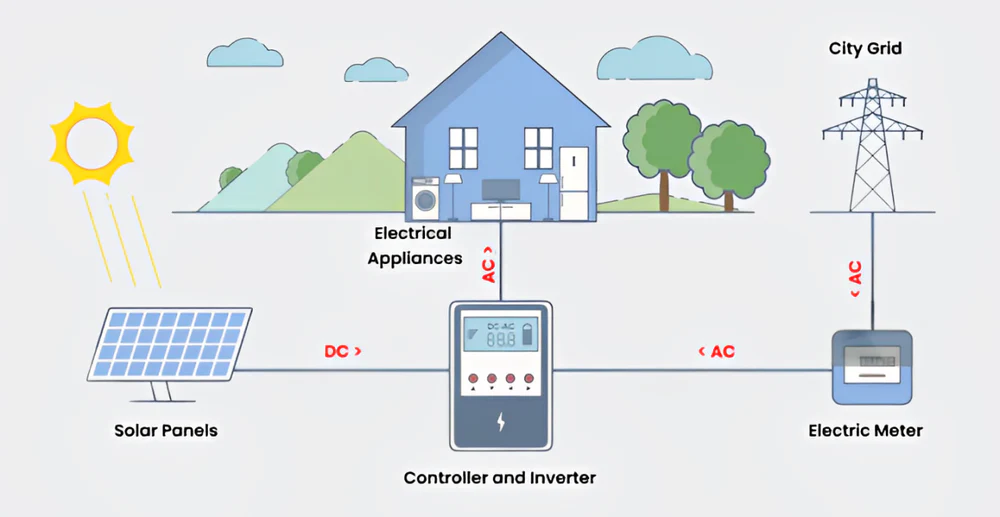News
Photovoltaic power generation is a technology that utilizes the photovoltaic effect of semiconductor interfaces to directly convert light energy into electrical energy. It mainly consists of three parts: solar panels (components), controllers, and inverters, with electronic components being the main components.
The principle of photovoltaic solar panels
When sunlight shines on the PN junction, the PN junction absorbs light energy to excite electrons and holes, generating a voltage in the PN junction, known as the "photovoltaic effect" or simply the "photovoltaic effect". Simply put, the photovoltaic effect is the process of converting "light" into "electricity".
What is a photovoltaic solar panel?
A solar panel is a device that directly converts solar energy into electrical energy due to the photovoltaic effect. It is a semiconductor photodiode. When opposite numbered charges accumulate at both ends of the battery, the photovoltaic effect occurs. When photons are irradiated onto a metal, their energy is absorbed by an electron in the metal, which absorbs enough energy to leave the metal surface and become photoelectrons.
Under the action of light, the two ends of the photovoltaic solar panel generate electromotive force, which is converted into electromagnetic waves through the charge separation of the interface layer. By converting electromagnetic waves (photons), electricity is generated. Electrodes are added to both sides of the silicon wafer and connected to a voltmeter. After connecting the circuit, a current is formed. For crystalline silicon solar cells, the more light energy the interface layer absorbs, the larger the interface layer or cell area, and the greater the current formed in the solar cell. This is the working principle of photovoltaic solar panels.
Leave A Reply
Get Free Quotes
NEED TO CHAT?
We will get back to you within 24 hours of receiving the message.



